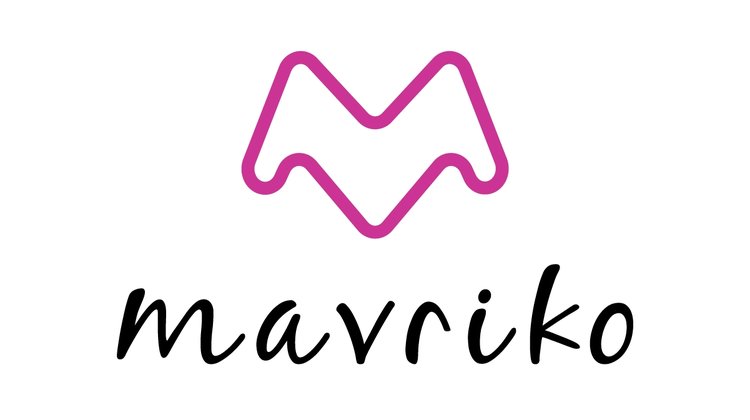It’s tougher than ever to capture attention and drive engagement with social media. To make an impact with this marketing tactic, you’ll need to be diligent, patient, curious, creative, consistent and risk tolerant.
Here are 7 things to avoid when optimizing your social media efforts.
Cameron Russel
#1 – A closed culture.
Many companies fear honest and open conversation with their customer. They avoid criticism and hide behind the brand. The fans own the brand, so listen to them and engage in open conversation! Take them seriously. Admit when you are wrong and say so in a genuine manner. Marketing teams that must constantly consult PR or legal are a prime example of a disjointed culture. Harmony across all divisions produces the best results.
Leaders should spend their time ensuring the business has a cohesive approach to social, where everyone involved is on the same page, able to innovate, share great ideas, and collectively protect the brand. Easier said than done – but it’s worth the effort when you get it right.
#2 - Segregating channels.
Brands are a set of assumptions and beliefs that your audience develops over time. Where action meet promise. These actions must be consistent across marketing channels, or else they confuse and alienate the fans. Each impression layers upon one another. Fans do not isolate the channels on which you communicate, so don’t act differently on social then you do in store, on your website, at trade shows and with direct mail.
Customer service should act like community managers, TV ad’s should relate to promoted posts, visual style should resonate across all channels, etc..
#3 – Failing to try new networks:
The list of social networks available to brands is at all time high. Twitter, Instagram, Pinterest, Facebook, Tumblr and Ello are just the top of the list. With reach and attention at all time lows, and ‘pay to play’ becoming the norm, it’s a mistake to avoid and test new platforms. Many studies show that the brands with the largest fan base on these channels are those who were on them first. Read that line again. The brands with the greatest # of fans on a social channel, says as much about their strategy, as it does about their early adoption.
Capitalizing on niche social sites might not be far reaching, but your potential to make a splash down the road is far greater.
#4 – Treating all networks the same:
Strategies should be tailored to each unique site, capitalizing on their nuances. They each have a distinct niche and vibe to them, which should be accounted for. Posting the same photo to all sites simultaneously is a popular example of how not to engage your communities.
While message and tone need to be consistent across all your marketing channels, they shouldn’t take the same form on each social site.
Maybe you speak about one topic on Instagram (let’s say corporate culture), but on Facebook you champion your fans and the great things they do with your product/service. If you maintain the brand appropriate tone and style, and focus on different topics, you incentivize someone to follow you on each site.
#5 – Using a one-off, tactical approach:
None of these channels are a magic bullet to build your brand, and any activities should be born from a larger brand and business strategy. Testing new sites or taking risks with content should be done systematically, quickly, and with clear metrics to define success (see #7).
Do more of what works, test, refine and adapt. Don’t be shy about learning from competitors or companies who also speak to your customers (IE: what might John Deere learn from Wolverine work boots)?
#6 – Broadcasting too frequently:
Seriously. Just stop. Choose quality over quantity. Don’t post another product shot because you have nothing else in mind for that day. Better to spend the time brainstorming ideas for posts later in the week/month, than to force something out because you “have to”. However, you should be consistent and intelligently uncover the best times of day to post so you maximize the potential of each.
#7 – Infrequently measuring results to quantify success:
You must first determine what success looks like and set clear goals. Engagement is on everyones mind, but it’s a tricky game. Maybe it’s simply monthly improvement that you are looking for. Maybe it’s a goal to achieve X with one particular post, or to reduce customer service response times.
Regardless of what you hope to measure, you must track it consistently and have real conversations about the results, moving the bar as needed to keep everyone motivated and accountable.
These are but a few of the fundamental things you should focus on for social media success. Perhaps most important of all is to manage expectations, have fun and accept that what works today may not work tomorrow!

